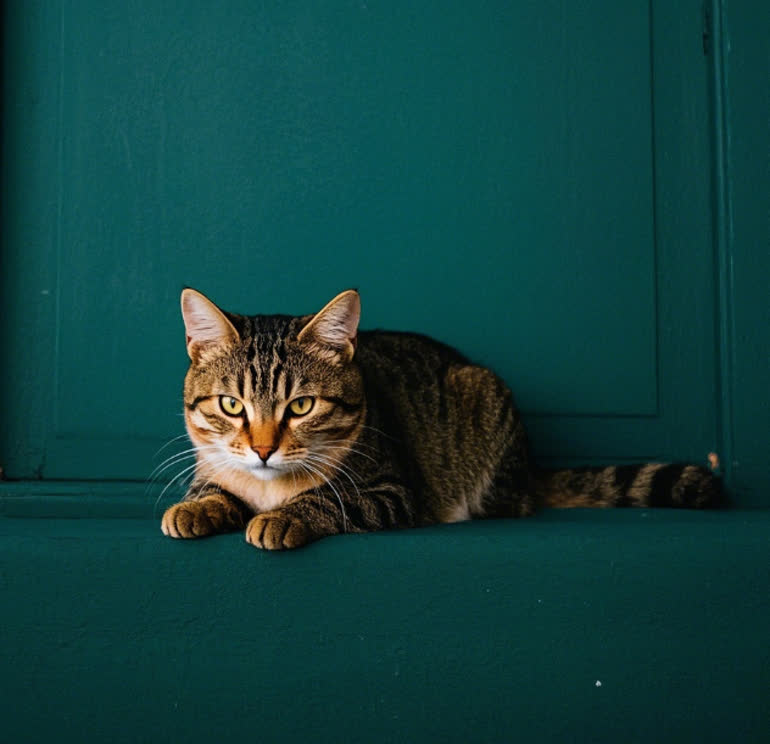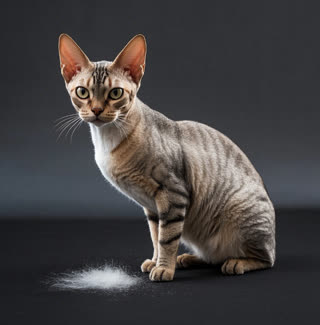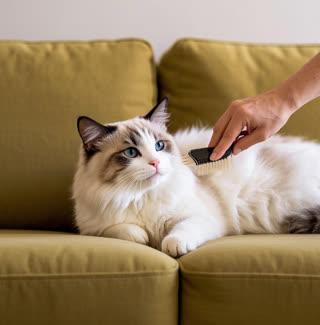The Importance of Recognizing Cat Fear Cues
1. Subtle Body Language Shifts
Arched Back and Puffed Fur: This classic “ Halloween cat” pose makes them appear larger to deter threats.
Tucked Tail: A tail wrapped around the body or held low signals fear, while a flicking tail might indicate irritation.
Dilated Pupils: Wide eyes often signal anxiety, especially when paired with flattened ears.
Whisker Position Meanings: Forward-pointing whiskers suggest curiosity, while flattened or backward whiskers indicate fear or stress.
2. Hidden Cat Stress Signs: Beyond Obvious Hiding
Excessive Grooming: Over-grooming, especially in one area, can lead to bald patches or irritated skin.
Litter Box Avoidance: Stress may cause cats to urinate or defecate outside the box—a cry for help that shouldn’t be ignored.
Changes in Appetite: Some cats eat less when stressed, while others overeat to cope.
Aggression: A normally calm cat may lash out when overwhelmed, often redirecting fear onto people or other pets.
3. Vocalizations: More Than Just Meowing
Hissing or Growling: Clear signs of discomfort or a warning to back off.
Yowling or Crying: Persistent, high-pitched meows may indicate anxiety, especially during changes like moving homes or adding a new family member.
4. Eline Anxiety Indicators: Long-Term Stress Signals
Pacing or Restlessness: Inability to settle, even in a familiar environment.
Excessive Shedding: Stress hormones can trigger increased fur loss.
Loss of Interest in Play: A once-active cat may withdraw from toys or interactions.
5. Common Fear Triggers in Cats
Loud Noises: Thunderstorms, fireworks, or vacuum cleaners.
New Environments: Moving homes or rearranging furniture.
Strangers or Other Pets: Introducing a new family member or furry friend.
Changes in Routine: Skipping feeding times or altering grooming schedules.
How to Calm a Fearful Cat: Practical Strategies
Stay Calm: Cats mirror your emotions—remain composed to avoid escalating their anxiety.
Create Safe Spaces: Designate quiet areas with blankets or hiding spots (e.g., a cat tree or enclosed bed).
Gradual Exposure: Introduce new experiences slowly, rewarding calm behavior with treats.
Environmental Enrichment: Toys, scratching posts, and puzzle feeders can reduce boredom and stress.
Consult a Vet: If anxiety persists, seek professional advice—your vet may recommend behavior modification or supplements.










